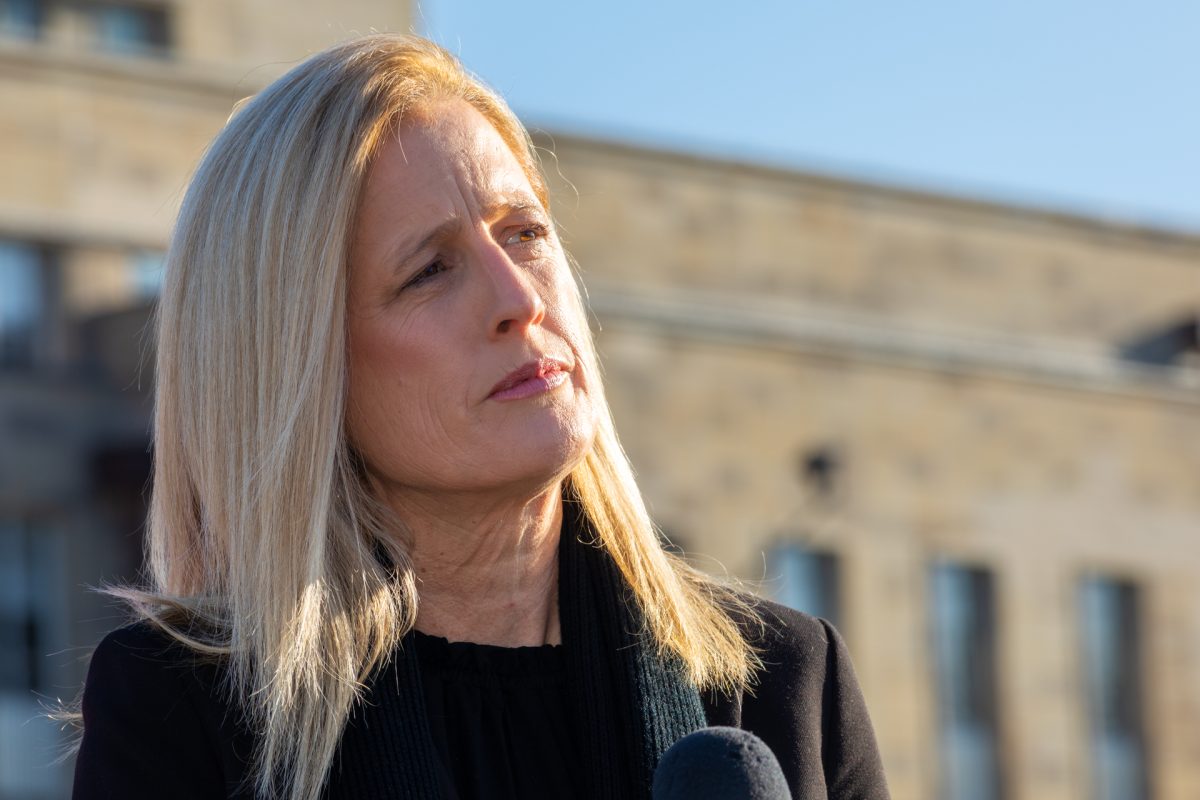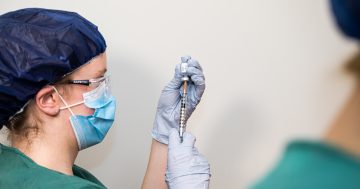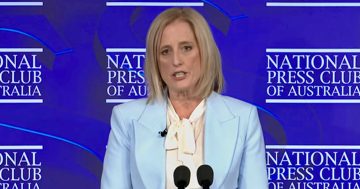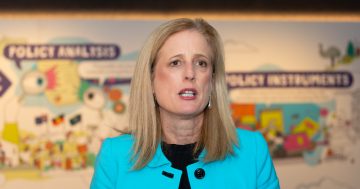
Minister for Women Katy Gallagher is taking action to close the gender pay gap. Photo: Michelle Kroll.
The Federal Government is beginning the year with a concerted push to close the gender pay gap for women, determined to publish pay gaps of Australian businesses with 100 or more employees.
The figures will be published next month and are a key element of the government’s gender pay gap legislation that passed last year.
Labor insists the reform will create transparency in wages and drive action towards closing the gender pay gap.
Minister for Women Katy Gallagher said policy on women’s economic security had languished for too long.
“Women continue to experience a gender pay gap due to factors like highly gender-segregated industries and workforces, because of the time women take out of the workforce for caring responsibilities, and because of the high rates of women working part time in Australia,” she said.
“Not only do these factors contribute to the gender pay gap, but they compound over a lifetime, and this results in a massive lifetime gender earnings gap.”
The Minister said closing the gender pay gap was a priority for the government.
On current projections, it will take about 26 years to close the gender pay gap, but Senator Gallagher said women shouldn’t have to wait a quarter of a century to see pay parity.
“Publishing gender pay gaps is an important step in raising awareness, and holding organisations to account where there is a gender pay gap across their organisation. And that’s a big change,” she said.
“Already, we are seeing some companies proactively reach out to WGEA [Workplace Gender Equality Agency] to share their analysis of their challenges and actions for closing the gender pay gap in their workforces. It’s great to see employers stepping up and being real partners in this effort.
“I think for those that have a significant gender pay gap, they’re going to have to change the way they do things.
“But we are not just looking at pay gaps, but at all the areas that connect to women’s economic safety, security and equality.
“As a government committed to working for women, we will never stop looking for ways to support women, and this year I’ll be releasing a national strategy to achieve gender equality in Australia.”
WGEA data looks at businesses with 100 or more employees and includes annualised full-time-equivalent salaries of casual and part-time workers.
It captures base salary, overtime, bonuses and additional payments for those companies.
In 2023, women’s workforce participation reached a record high of 62.9 per cent, and women made up 60 per cent of enrolments in fee-free TAFE last year.
The Coalition described the legislation as ”terrible” and ”negative”.
“This legislation is so bad, it is a giant step backwards,” Deputy Opposition Leader Sussan Ley said when discussing the bill.
Other government reforms being rolled out in 2024 include youth, student or carer support payments to receive a 6 per cent indexation increase; an additional 300,000 fee-free TAFE and VET places to be made available over the next two years, with places prioritised for women facing economic insecurity and women undertaking study in non-traditional fields; and from July, families will be able to access an additional two weeks of paid parental leave up to a total of 22 weeks.
To support the cost of living while training, about 38,000 apprentices and trainees will now be eligible for financial assistance, under the expanded Australian Apprenticeship Support Loans scheme.
The scheme now includes non-trade apprentices and trainees for the first time, in areas such as early childhood education, aged care and disability care.
Senator Gallagher said the extension of the loans would particularly benefit women, who made up the majority of non-trade apprentices.
The National Skills Agreement came into effect on 1 January, committing $250m to improve VET completions, including for women and others who face completion challenges.
And women with advanced ovarian cancer now have access to cheaper medicines under the Pharmaceutical Benefits Scheme, saving around $123,000 per treatment cycle.
Employer gender pay gaps will be published on 27 February at wgea.gov.au.
Original Article published by Chris Johnson on Riotact.











